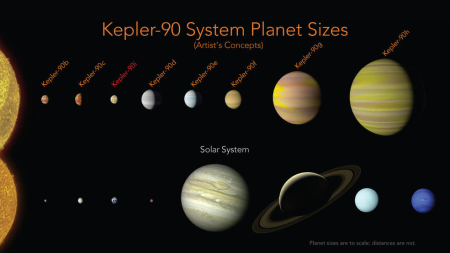Giant Stratolaunch plane conducts first taxi test
Capitalism in space: The giant Stratolaunch plane built out of two 747s completed its first taxi test yesterday.
Stratolaunch’s plane, nicknamed Roc, has the widest wingspan in the aviation world at 385 feet. That’s 50 percent wider than the wings of a Boeing 747 — which probably shouldn’t be surprising, considering that parts from two 747s went into building the plane. Mojave-based Scaled Composites aided in the fabrication of the plane’s carbon composite components.
I think a better way to illustrate the size of the wingspan is to note that if you laid a Saturn 5 rocket along those wings, it would not reach the tips at either end, being “only” 363 feet long.
Several experienced engineers at Behind the Black have previously wondered at whether the plane’s central structure holding its two fuselages together would be strong enough to provide a stable flight. Looking at the picture at the link, I must wonder the same thing.
Capitalism in space: The giant Stratolaunch plane built out of two 747s completed its first taxi test yesterday.
Stratolaunch’s plane, nicknamed Roc, has the widest wingspan in the aviation world at 385 feet. That’s 50 percent wider than the wings of a Boeing 747 — which probably shouldn’t be surprising, considering that parts from two 747s went into building the plane. Mojave-based Scaled Composites aided in the fabrication of the plane’s carbon composite components.
I think a better way to illustrate the size of the wingspan is to note that if you laid a Saturn 5 rocket along those wings, it would not reach the tips at either end, being “only” 363 feet long.
Several experienced engineers at Behind the Black have previously wondered at whether the plane’s central structure holding its two fuselages together would be strong enough to provide a stable flight. Looking at the picture at the link, I must wonder the same thing.





